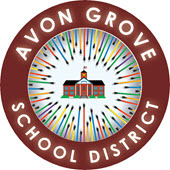Frida Kahlo, Frieda and Diego Rivera
(View Complete Item Description)Frida Kahlo, Frieda and Diego Rivera, 1931, oil on canvas, 39-3/8 x 31 inches or 100.01 x 78.74 cm (San Francisco Museum of Modern Art) Speakers: Dr. Beth Harris and Dr. Steven Zucker. Painted in San Francisco during the artist's first trip outside of Mexico. She accompanied her husband Diego Rivera who was painting in the United States and would, at the end of the year, be the subject of a retrospecive at The Museum of Modern Art in New York. The banderole carried by the bird above the artist states: Here you see us, me, Frieda Kahlo, with my beloved husband Diego Rivera, I painted these portraits in the beautiful city of San Francisco, California, for our friend Mr. Albert Bender, and it was the month of April of the year 1931. Note: Kahlo changed her German name, Frieda, to Frida. Created by Beth Harris and Steven Zucker.
Material Type: Lesson




















